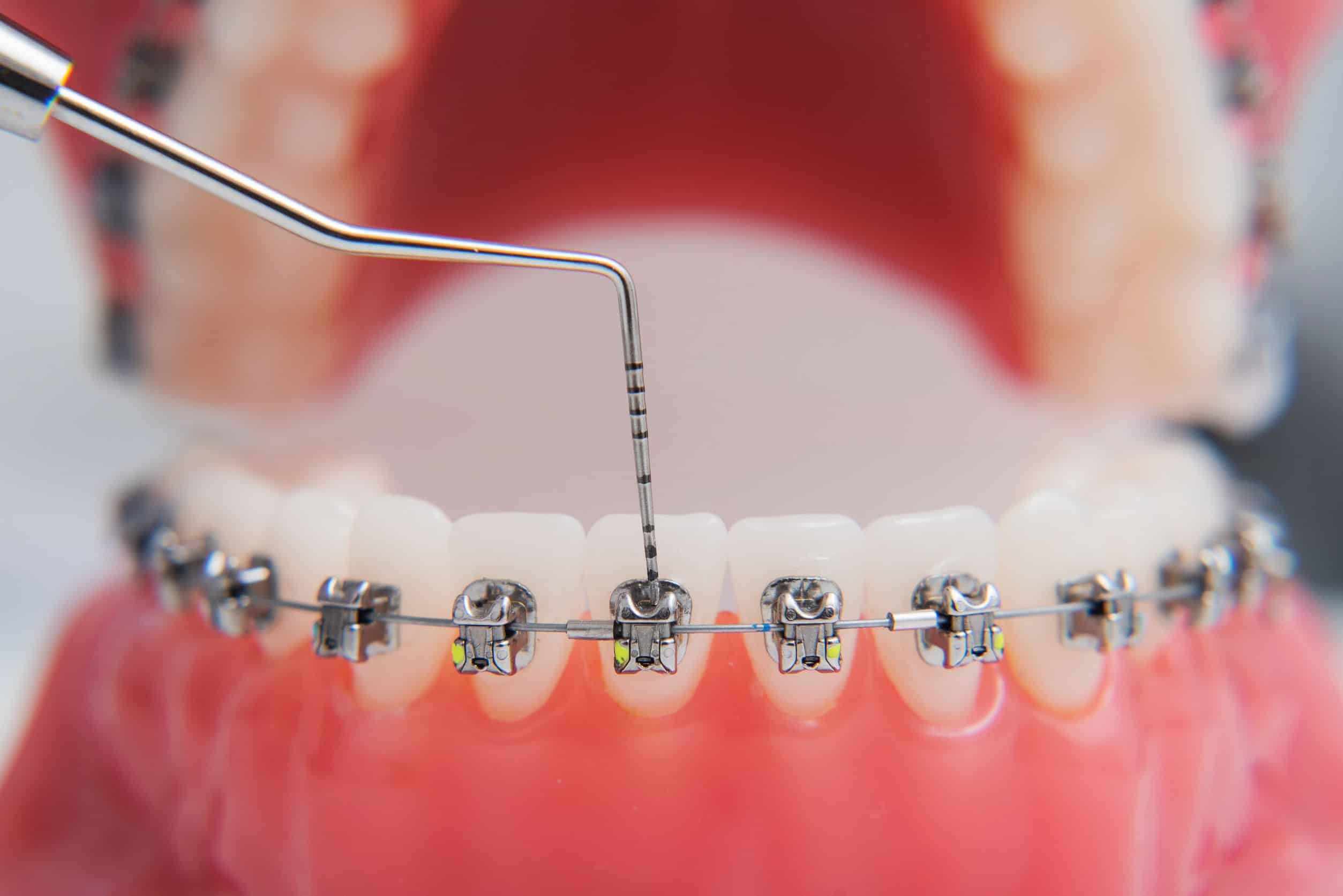10 Easy Facts About Legacy Orthodontics Shown
10 Easy Facts About Legacy Orthodontics Shown
Blog Article
Indicators on Legacy Orthodontics You Need To Know
Table of ContentsThe Basic Principles Of Legacy Orthodontics Legacy Orthodontics Fundamentals ExplainedExamine This Report about Legacy OrthodonticsThe Basic Principles Of Legacy Orthodontics All about Legacy Orthodontics
At Advanced Orthodontics, we provide people with a alternative treatment experience. In enhancement, we provide flexible treatment routines, adaptable payment choices and a fun, pleasurable experience. invisalign. Phone call ( 480) 357-4900 today to learn more and routine a visit.An orthodontist is a dental professional educated to identify, stop, and treat teeth and jaw irregularities. They deal with existing conditions and are educated to identify troubles that may create in the future. Orthodontists work with individuals of any ages, from youngsters to adults. People often link a best smile with healthiness.
Malocclusion, or misaligned teeth, can bring about dental concerns, including dental caries, gum tissue illness, and difficult or agonizing chewing. However not everybody is born with straight teeth. If you have a bad bite or huge areas in between your teeth, you may desire to speak with a dental expert specializing in orthodontic treatment.
All about Legacy Orthodontics
( Photo Credit Rating: DigitalVision/Getty Images) Orthodontists utilize dealt with and removable oral tools, like dental braces, retainers, and bands, to transform the position of teeth in your mouth. Orthodontic therapy is for oral problems, including: Crooked teethBite troubles, like an overbite or an underbiteCrowded teeth or teeth that are also much apartJaw misalignmentThe goal of orthodontic treatment is to boost your bite.
A healthy and balanced bite ensures you can eat, chew, and speak appropriately. While you could think about orthodontists as generally for youngsters or teenagers that require braces, they can fix oral problems at any age. Orthodontists go to university, dental institution, and orthodontic institution. After college graduation, they invest 2 or 3 years in an orthodontic residency program.
All orthodontists are dental professionals, yet not all dentists are orthodontists. Orthodontic residency programs provide intensive, focused direction for oral professionals. They concentrate on two locations: Exactly how to effectively and securely move teeth Exactly how to appropriately lead growth in the teeth, jaw, and faceOnce an orthodontist has actually finished training, they have the alternative to come to be board accredited.
The smart Trick of Legacy Orthodontics That Nobody is Discussing
Misalignment, or malocclusion, is one of the most common factor people see an orthodontist. It is genetic and is the outcome of dimension differences in between the top and lower jaw or in between the jaw and teeth. Malocclusion results in tooth congestion, an askew jaw, or irregular bite patterns. Malocclusion is usually treated with: Your orthodontist affixes metal, ceramic, or plastic square bonds to your teeth.
Some people require a headgear to help relocate teeth into line with stress from outside the mouth. A retainer is a personalized device that maintains your teeth in area.
They're frequently made use of on youngsters. They can create additional area in the mouth without needing to draw teeth. If you have a significant underbite or overbite, you may need orthognathic surgical treatment (also called orthodontic surgery) to lengthen or shorten your jaw. Orthodontists make use of cords, medical screws, or plates to sustain your jaw bone.
You might require to see an orthodontist if you have: Crowding or otherwise sufficient space for every one of your teethOverbite, when your top teeth come by your base teethUnderbite, when your base teeth are also much forwardSpacing or concerns with gapsCrossbite, which is when your top teeth fit behind your bottom teeth when your mouth is closedOpen bite or a vertical gap in between your front bottom and upper teethMisplaced midline, when the center of your base and top teeth don't line up Correcting an oral malocclusion can: Make attacking, chewing, and talking easierImprove the proportion of our face and your general appearanceEase discomfort from temporomandibular joint conditionsDifferent your teeth and make them easier to cleanse, assisting avoid dental cavity his comment is here or dental caries It's often a dental professional who initially notices misaligned teeth during a regular examination.
Legacy Orthodontics - Truths

During your first orthodontic consultation, you'll likely have: A dental examPhotos taken of your face and smileDental X-raysPanoramic (360 degree) X-rays of your face and headImpressions to develop molds of your teethThese examinations will certainly help your orthodontist understand just how to proceed with your therapy. invisalign. An orthodontist is a dentist that's had training to treat your teeth and jaw
An orthodontist is focused on your bite, so something like a broken tooth would certainly be handled by a dental expert. Orthodontists are concentrated on your bite, or the way your teeth fit together, and the straightness of your teeth.
Ever before asked yourself how stars constantly appear to have perfectly aligned teeth? The response often hinges on the knowledgeable hands of an orthodontist. What precisely does an orthodontist do? Orthodontists are oral professionals who focus on remedying abnormalities in the teeth and jaws. Their competence goes past simply developing a gorgeous smile; it prolongs to improving your general oral wellness and function.
Indicators on Legacy Orthodontics You Should Know

, orthodontists have a diverse toolkit at their disposal. These tried-and-true dental braces make use of a system of braces bonded to the teeth and linked by cables.
Clear aligners, like Invisalign, are a popular option for people seeking a more very discreet therapy option. These detachable trays are custom-made to gradually move the teeth's setting. Headwear might be utilized along with braces or aligners to use added targeted pressures, especially for dealing with jaw discrepancies. In situations of slim jaws, palatal expanders can be used to create room for appropriate tooth positioning.
Report this page